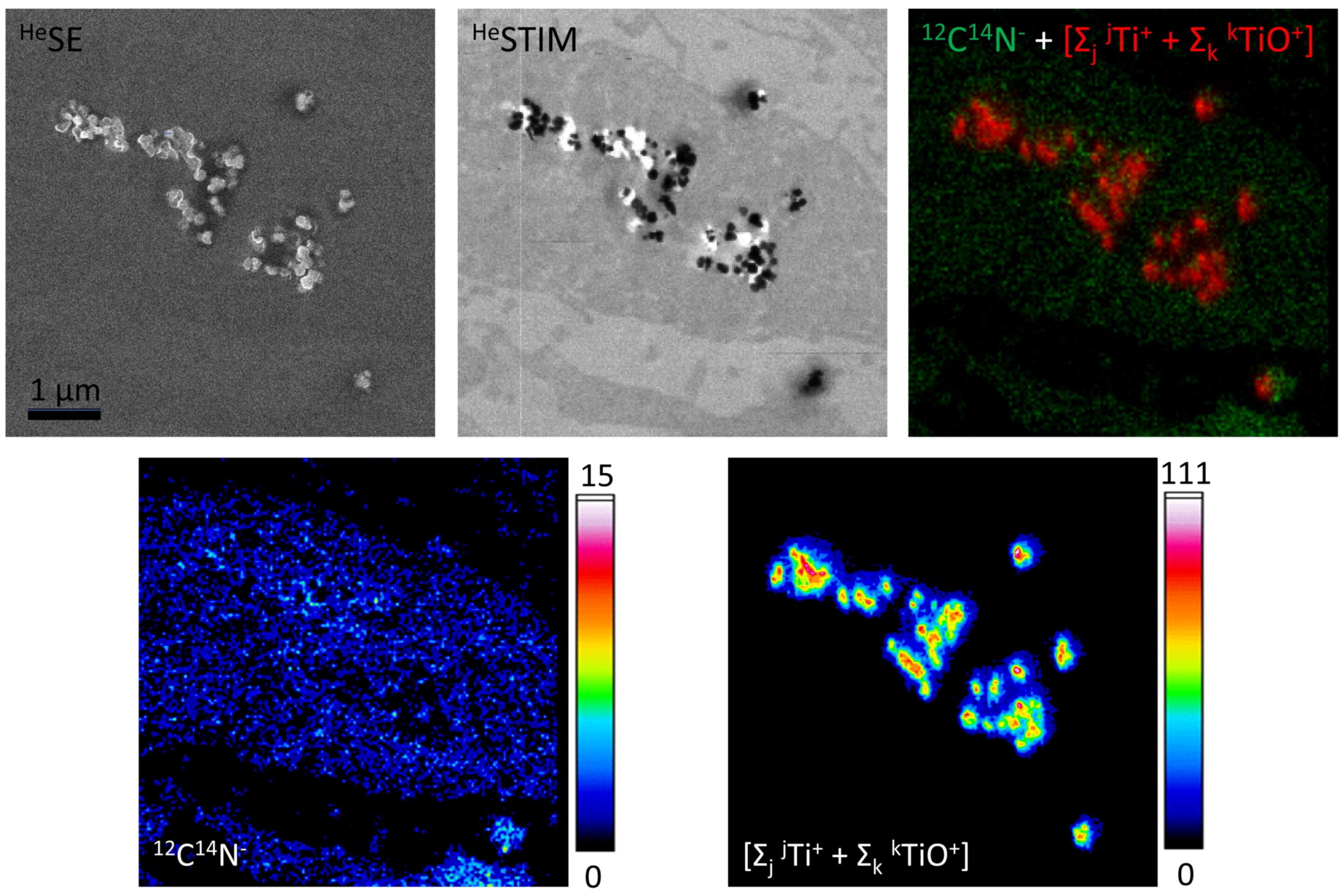
TiO2 tagged posts

New Artificial Leaf safely creates Fuel from Sunlight and Water with record Efficiency and Stability
![Illustration of an efficient, robust and integrated solar-driven prototype featuring protected photoelectrochemical assembly coupled with oxygen and hydrogen evolution reaction catalysts. [View full size] Credit: Image provided courtesy of Joint Center for Artificial Photosynthesis; artwork by Darius Siwek. - See more at: http://www.caltech.edu/news/artificial-leaf-harnesses-sunlight-efficient-fuel-production-47635#sthash.l86JNzpe.dpuf](https://s3-us-west-1.amazonaws.com/www-prod-storage.cloud.caltech.edu/styles/article_photo/s3/JCAP-Photoanode%20Final%20Image%201000px.jpg?itok=sDNjrzGv)
Illustration of an efficient, robust and integrated solar-driven prototype featuring protected photoelectrochemical assembly coupled with oxygen and hydrogen evolution reaction catalysts. [View full size] Credit: Image provided courtesy of Joint Center for Artificial Photosynthesis; artwork by Darius Siwek. – See more at: http://www.caltech.edu/news/artificial-leaf-harnesses-sunlight-efficient-fuel-production-47635#sthash.l86JNzpe.dpuf






Recent Comments